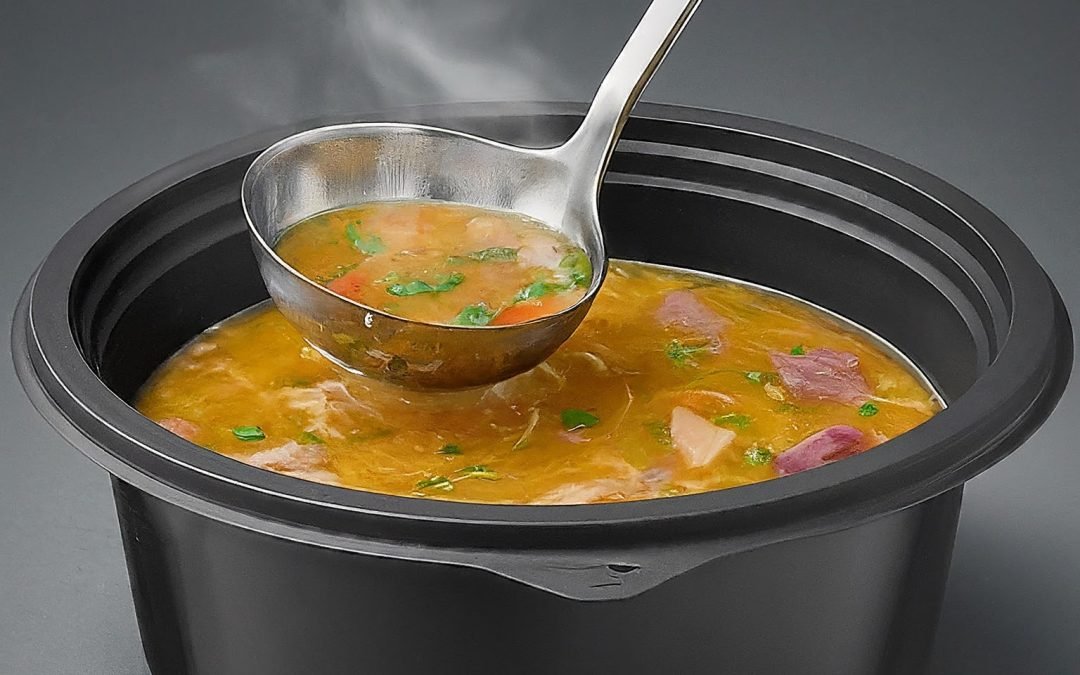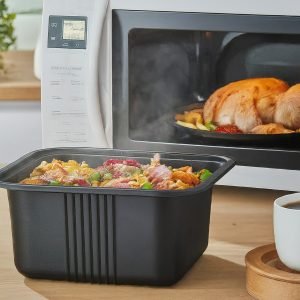Is polypropylene plastic capable of withstanding high
temperatures?
Polypropylene (PP) plastic is a ubiquitous material found in countless everyday items, from food containers. Its versatility and affordability have made it a popular choice across various industries. But when it comes to its ability to withstand heat, many wonder: Can PP plastic handle the heat? Let’s delve into the science behind polypropylene plastic and explore its heat resistance properties to shed light on this question.
Understanding Polypropylene (PP) Plastic:
Polypropylene is a thermoplastic polymer that is highly resistant to chemical solvents, acids, and bases. This material is formed through the polymerization of propylene monomers, resulting in a durable and lightweight plastic. Its molecular structure consists of long chains of carbon atoms, providing strength and flexibility.
Heat Resistance Properties:
One of the key characteristics of polypropylene is its remarkable heat resistance. PP plastic has a high melting point, typically ranging from 130°C to 171°C (266°F to 340°F), depending on its grade and molecular weight distribution. This makes it suitable for applications where exposure to elevated temperatures is common.
Factors Affecting Heat Resistance:
Several factors influence the heat resistance of polypropylene:
- Grade of PP: Different grades of PP plastic exhibit varying heat resistance properties. Higher-grade PP plastics with more uniform molecular structures tend to have higher melting points and better heat resistance.
- Thickness: Thicker PP plastic items can typically withstand higher temperatures compared to thinner ones. Thicker walls provide better insulation against heat transfer.
- Additives: Certain additives, such as heat stabilizers and reinforcements, can enhance the heat resistance of PP plastic. These additives help mitigate the effects of heat exposure and extend the material’s lifespan.
Real-World Applications:
Polypropylene’s heat resistance makes it suitable for a wide range of practical applications:
Food Packaging: PP plastic containers and films are commonly used for food packaging due to their ability to withstand hot filling processes and microwave heating.
Tips for Handling PP Plastic:
While PP plastic is heat resistant, it’s essential to follow best practices to maximize its longevity and performance:
- Avoid Extreme Temperatures: While PP plastic can withstand moderate heat, prolonged exposure to extreme temperatures can lead to deformation or degradation. Avoid exposing PP plastic items to direct flames or excessive heat sources.
- Use Microwave-Safe Containers: When reheating food in PP plastic containers, ensure they are labeled as microwave-safe to prevent the potential leaching of harmful chemicals into the food.
- Inspect for Damage: Regularly inspect PP plastic items for signs of wear, warping, or discoloration, which may indicate heat damage. Replace damaged items to maintain safety and functionality.
In conclusion, polypropylene (PP) plastic exhibits impressive heat-resistance properties, making it a versatile and reliable material for various applications. By understanding its molecular structure, factors influencing heat resistance, and practical tips for handling, users can leverage PP plastic effectively while ensuring durability and safety. Whether in food packaging, automotive components, or medical devices, PP plastic continues to play a vital role in modern industries, demonstrating its ability to handle heat with ease.




